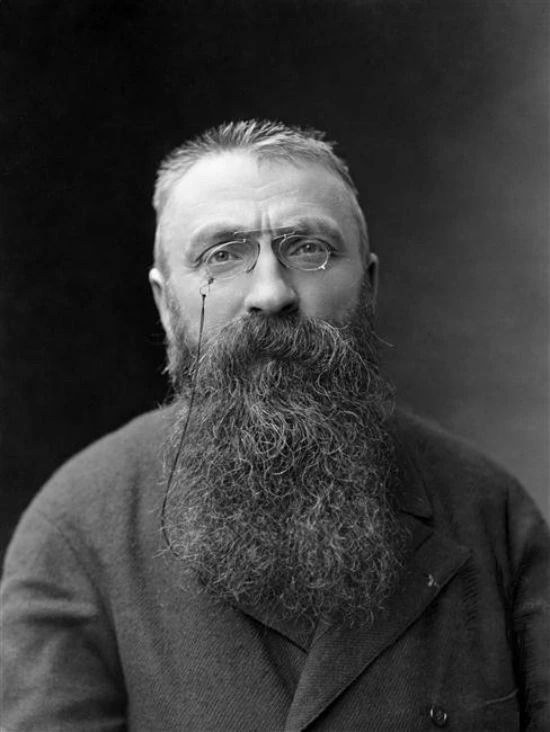
Auguste Rodin was a pioneering sculptor who revolutionized the art of sculpture in the late 19th and early 20th centuries.
Despite studying decorative arts and sculpture from a young age, he faced rejection from the prestigious École des Beaux-Arts. By the age of 19, after failing to gain admittance three times, Rodin began working odd jobs as a day laborer in plaster workshops. The artist travelled to Florence to study the sculptures of Michelangelo shortly before a turning point in his career, when, in 1877, the Salon finally accepted one of his works. Despite causing controversy with pieces like The Burghers of Calais (1889), he became a renowned artist by the end of the decade. Today, Institutions around the world house his work, including the Rodin Museum in Philadelphia and the Musée Rodin in Paris.
To provide the best experiences, we use technologies like cookies to store and/or access device information. Consent to these technologies will allow us to process data such as browsing behavior or unique IDs on this site. Not consenting or withdrawing consent may negatively affect certain features and functions.
Market reports for visionary collectors and insiders.